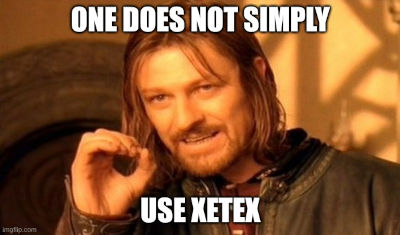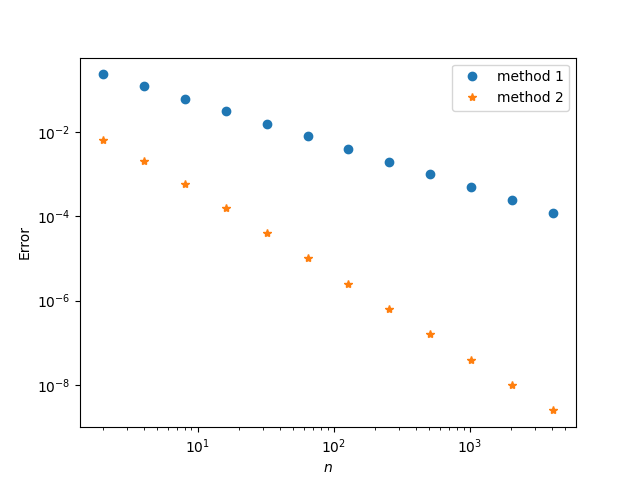A couple days ago I wrote about the the problem that Bitcoin requires to be solved as proof-of-work. In a nutshell, you need to tweak a block of transactions until the SHA256 double hash of its header is below a target value [1]. Not all cryptocurrencies use proof of work, but those that do mostly use hash-based puzzles.
Other cryptocurrencies use a different hashing problem, but they still use hashes. Litecoin and Dogecoin use the same proof-of-work problem, similar to the one Bitcoin uses, but with the scrypt (pronounced S-crypt) hash function. Several cryptocurrencies use a hashing problem based on Equihash. Monero uses its RandomX algorithm for proof-of-work, and although this algorithm has multiple components, it ultimately solves a hashing problem. [2]
Why hash puzzles?
Why do cryptocurrencies use hashing problems for proof of work? In principle they could use any computational problem that is hard to solve but easy to verify, such as numerous problems in computational number theory.
One reason is that computer scientists are confident that quantum computing would not reduce the difficulty of solving hash puzzles, even though it would reduce the difficulty of factoring-based puzzles. Also, there is general agreement that it’s unlikely a mathematical breakthrough will find a weakness in hashing functions.
Ian Cassels said “Cryptography is a mixture of mathematics and muddle, and without the muddle the mathematics can be used against you.” Hashing is much more muddle than mathematics.
Why not do something useful?
Hash puzzles work well for demonstrating work done, but they’re otherwise useless. They keep the wheels of cryptocurrencies turning, but the solutions themselves are intrinsically worthless.
Wouldn’t it be nice if crypto miners were solving useful problems like protein folding? You could do that. In fact there is a cryptocurrency FoldingCoin that does just that. But FoldingCoin has a market cap seven orders of magnitude smaller than Bitcoin, on the order of $200,000 compared to Bitcoin’s market cap of $2T.
Cryptocurrencies that use proof of useful work have not taken off. This might necessarily be the case. Requiring practical work creates divergent incentives. If you base a currency on the difficulty of protein folding computations, for example, it would cause major disruption if a pharmaceutical company decided to get into mining protein folding cryptocurrency at a loss because it values the results.
Going back to Cassels’ remark about mathematics and muddle, practical real-world problems often have a mathematical structure. Which is a huge blessing, except when you’re designing problems to be hard. Hash-based problems have gradually become easier to solve over time, and cryptocurrencies have adjusted. But a mathematical breakthrough for solving a practical problem would have the potential to disrupt a currency faster than the market could adapt.
Related posts
- Why eliminate trusted third parties?
- Searching for Mersenne primes
- Why isn’t CPU time more valuable?
[1] You don’t change the transaction amounts, but you may change the order in which the transactions are arranged into a Merkle tree so that you get different hash values. You can also change a 32-bit nonce, and a timestamp, but most of the degrees of freedom you need in order to find an acceptable hash comes from rearranging the tree.
[2] Both scrypt and Equihash were designed to be memory intensive and to thwart the advantage custom ASIC mining hardware. However, people have found a way to use ASIC hardware to solve scrypt and Equihash problems. RandomX requires running a randomly generated problem before hashing the output in an attempt to frustrate efforts to develop specialized mining hardware.



